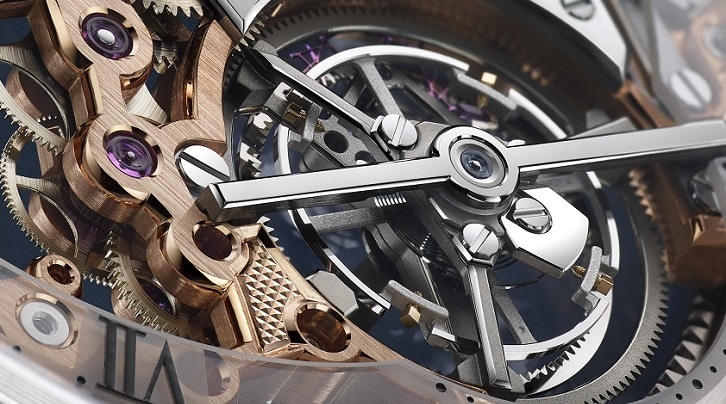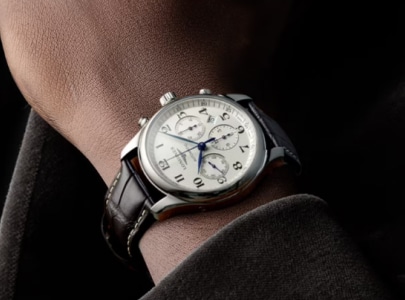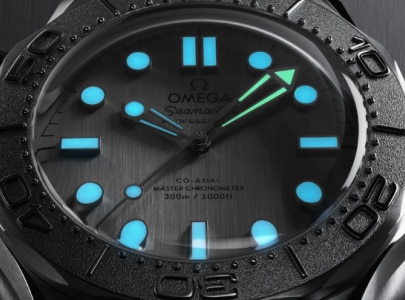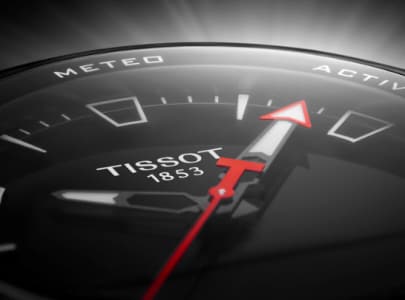Complication watches can be… complicated. As the name suggests, a complication in watchmaking is essentially the art of complicating things when they could be simple!
In other words, why settle for just telling time when you could make the most of the art of watchmaking and all the other functions it has to offer? Since the 16th century, this has been a recurring theme for watchmakers all over the world. It's also the reason why complication watches have become an art in their own right. The most complex movements, also known as rare movements, are exceptionally intricate and precise.
Many hours go into both designing and assembling them, hence their price. But not all complicated movements are true complications in the horological sense of the term. This is where things get (even more) complicated so here are a few examples to clarify things. Historically, the second hand was classed as a complication. Now, it’s become so commonplace that it’s no longer considered a complication unless it has a “dead”, “independent” or “lightning” mechanism, which are very complex. Features that continue to be classed as complications include calendars, moon phases, sunrise and sunset times (extremely rare) and annual calendars (which display the current month).
The must-have of all complications is the perpetual calendar, which is particularly appealing because of its astronomical nature but is very difficult to set. A date display is no longer considered a complication, unless the watch automatically displays the date for at least twelve consecutive months.
The chronograph, on the other hand – a watchmaking art in its own right – is always classed as a complication, despite the fact that it has become commonplace. Go figure! The chronograph is a timer function for short periods. If a chronograph has a split second or double second feature, it's also possible to record intermediate times (or laps).
One particular complication known as the equation of time occupies a place in the pantheon of specialist functions. Its complex mechanism makes it possible to see in real time the difference between solar time and mean time (set by humans). This is done by means of a hand that indicates the difference between the two, which can be +/- 15 minutes within a 24-hour period.
Mechanical watches with a chiming function have always been very popular, too. Today, from grandes sonneries, melodic chimes, two-tone minute repeaters and dumb repeaters, there is a particularly wide range of chimes on offer for connoisseurs.
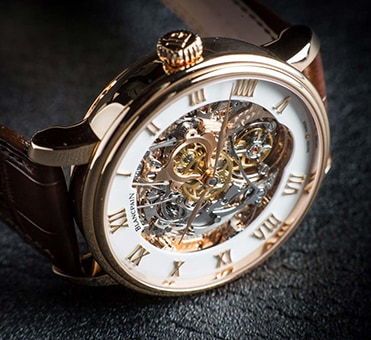
These days, a visible tourbillon, sometimes placed in the centre of the watch face, is the most sought-after feature for many watch enthusiasts. This highly visible feature is the mark of an expensive watch and doesn’t provide any information or have any particular practical function. Patented in 1801 by Abraham-Louis Breguet, this mechanical feature makes the watch more precise by compensating for the effects of the earth’s gravity.
This truly is a technical marvel that makes the pulse of your watch beat as if it had a life of its own.
One thing is certain: the biggest watch brands are in constant creative competition with one another to come up with timepieces that involve several complications. That’s without even counting the brands that aim for the prestige that comes with having developed the slimmest model or the perfect version of a particular feature, which are undoubtedly very complicated technical feats but do not qualify for the classification of complications.
No list of complications would be complete without mentioning universal time, a more recent innovation, which can show the time in 24 cities of the 24 main time zones at the simple press of a button, which is especially rare.
There are many other developments taking place on a continual basis. Some complications are discreet, while others are more striking. Just choose the features that are right for you!
